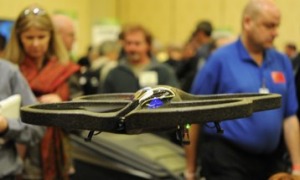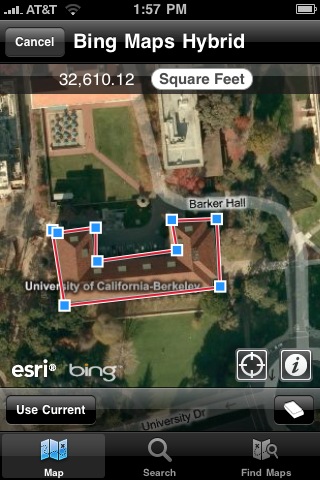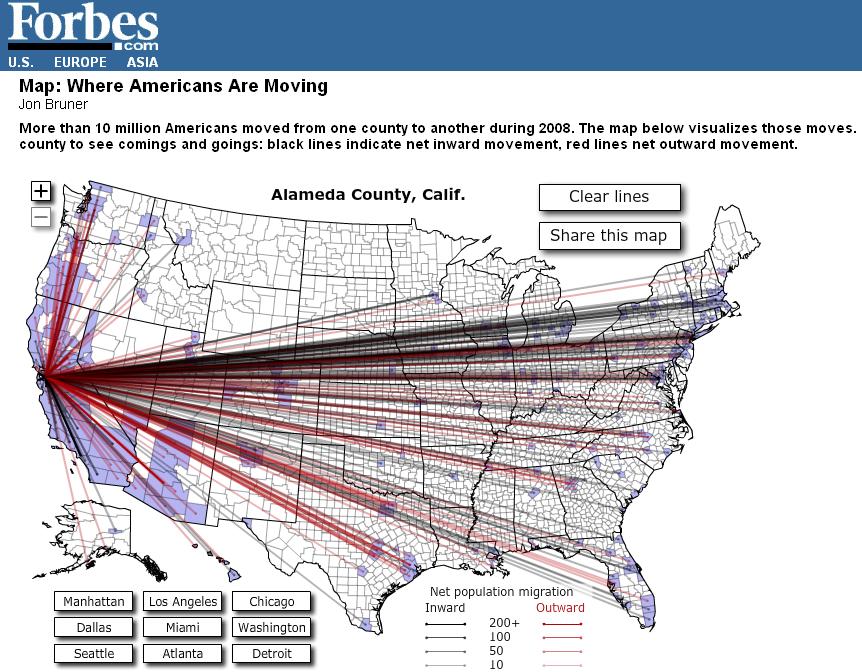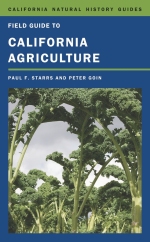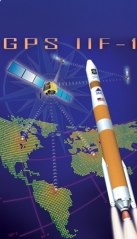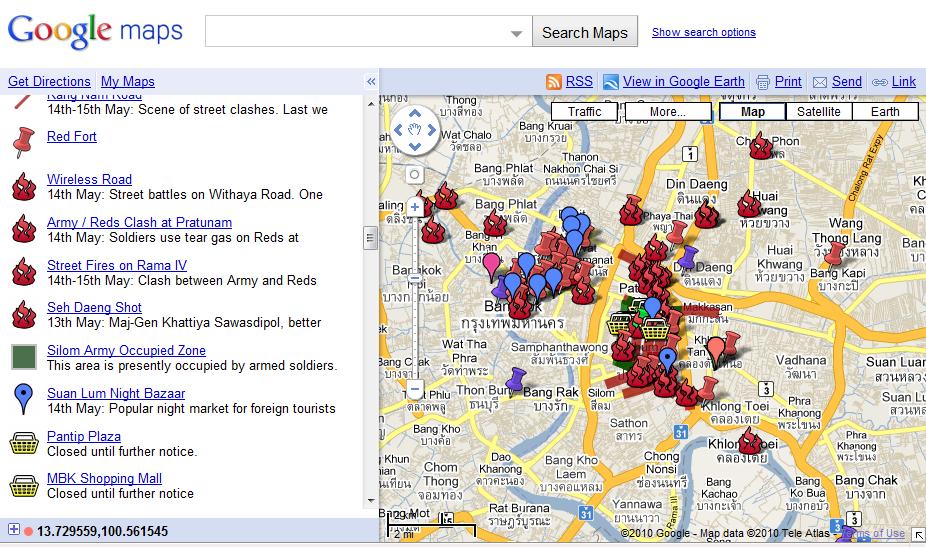ICE announces expanded list of science, technology, engineering, and math degree programs Qualifies eligible graduates to extend their post-graduate training
WASHINGTON-U.S. Immigration and Customs Enforcement (ICE) today published an expanded list of science, technology, engineering, and math (STEM) degree programs that qualify eligible graduates on student visas for an Optional Practical Training (OPT) extension-an important step forward in the Obama administration's continued commitment to fixing our broken immigration system and expanding access to the nation's pool of talented high skilled graduates in the science and technology fields.
The announcement follows President Obama's recent remarks in El Paso, Texas, where he reiterated his strong support for new policies that embrace talented students from other countries, who enrich the nation by working in science and technology jobs and fueling innovation in their chosen fields here in the United States, as a part of comprehensive reform.
By expanding the list of STEM degrees to include such fields as Neuroscience, Medical Informatics, Pharmaceutics and Drug Design, Mathematics and Computer Science, the Obama administration is helping to address shortages in certain high tech sectors of talented scientists and technology experts-permitting highly skilled foreign graduates who wish to work in their field of study upon graduation and extend their post-graduate training in the United States.
Under the OPT program, foreign students who graduate from U.S. colleges and universities are able to remain in the U.S. and receive training through work experience for up to 12 months. Students who graduate with one of the newly-expanded STEM degrees can remain for an additional 17 months on an OPT STEM extension. More here.
 A gripping watch: this animation focuses on the Russian fires, as seen from various angles. It shows carbon monoxide concetration at altitude 18,000 ft (5.5 km) as measured by the Atmospheric Infrared Sounder (AIRS) instrument on NASA's Aqua spacecraft.
A gripping watch: this animation focuses on the Russian fires, as seen from various angles. It shows carbon monoxide concetration at altitude 18,000 ft (5.5 km) as measured by the Atmospheric Infrared Sounder (AIRS) instrument on NASA's Aqua spacecraft.
